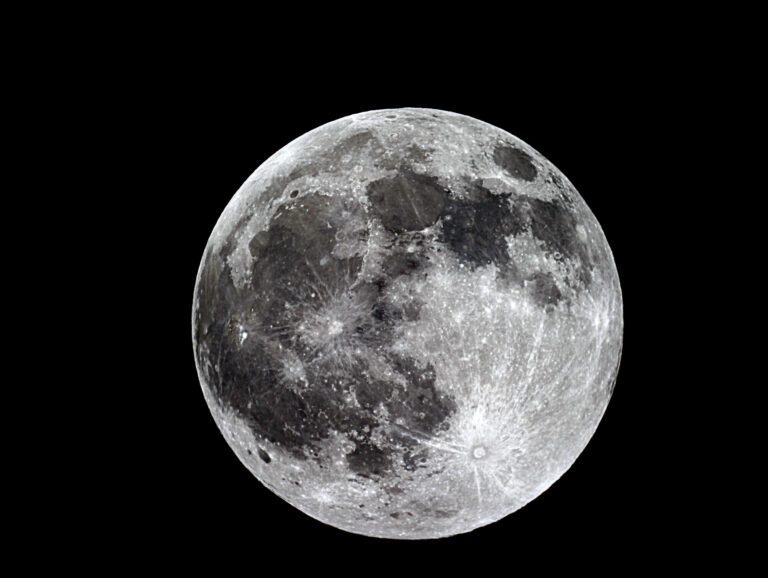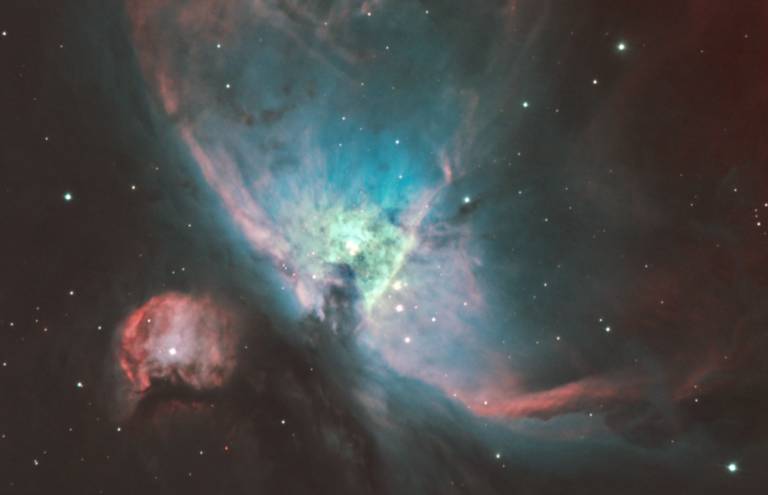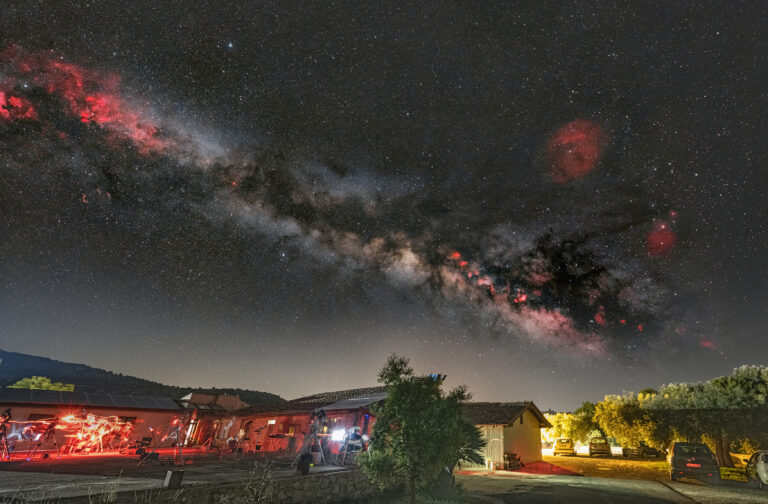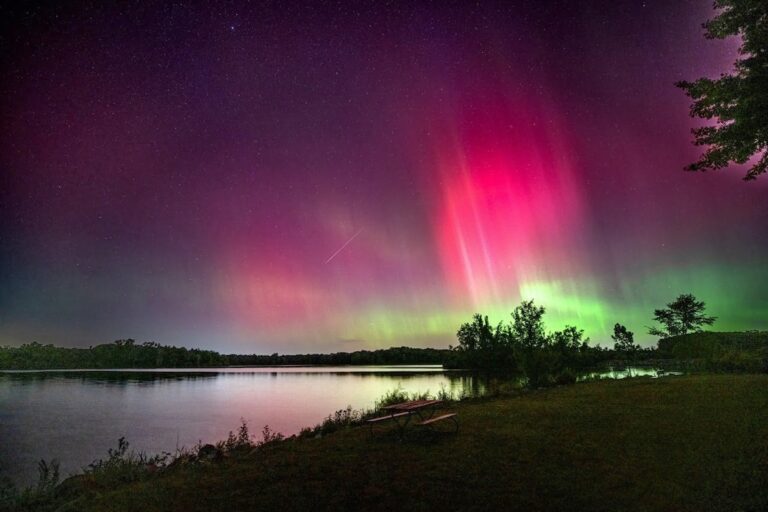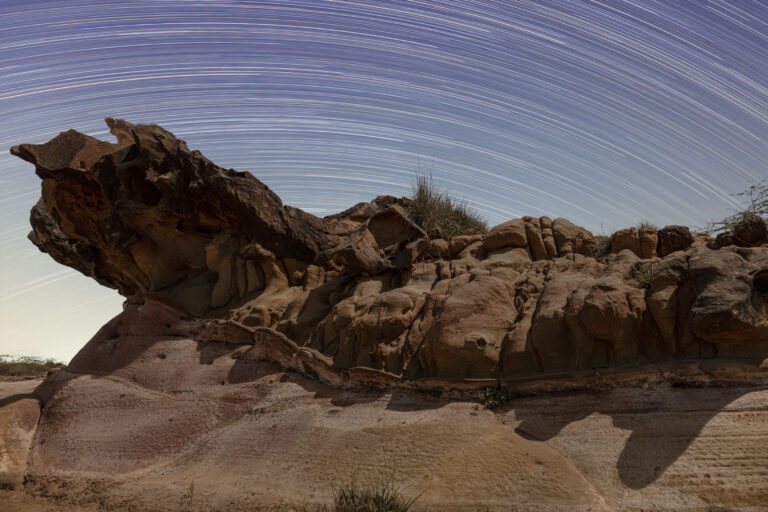Key Takeaways:
Because I’m careful how I use outlier suppression, there will always be a few satellite trails crossing my image. In the past, I had to laboriously clone them out by hand. Not any more.
The developers of Photoshop CS5 added a new and important feature called “Content Recognition.” (Note: Photoshop CS5 is the only version to have this.) In a nutshell, Content Recognition allows some existing functions to look around them and import this data detail into the utility. What we are specifically interested in is “Content-Aware Fill.” Here’s how to do it.
1 From your menu of tools on the left, select the third one down, which is the “Lasso” tool. Right-click on it (or Control-click if you have a Mac), and you will see the “Polygonal Lasso” tool. Left-click on this tool to choose it.
3 Keep dragging the mouse until you get to the other end of the satellite trail. Remember, you want to go just beyond and to the same side of the trail as where you started, not on the trail itself. When you’re at the end, left-click the mouse and make another anchor point.
4 Cross over the trail slightly and make a third anchor point just on the other side of the satellite trail. Move the mouse back along the trail on the other side, paralleling the first long line.
When you’ve gone as far as the starting point, anchor (left-click) and move back to your starting point. When you get there, the little circle will show up again. Left-click in the circle. Your lines will now become “marching ants” because you have just created a selection around the satellite trail.
“Fill.” In the Fill dialogue box, choose “Content-Aware.” Click “OK” and
watch the satellite trail vanish while Photoshop fills the area with surrounding detail.
6 Here’s a refinement: If the satellite trail went through a star (as in the top photo), Photoshop will remove the star when it does the fill. So, once you establish the selection (at the end of step 5), go to the “Marquee” tool (the one just above the Lasso tool), right-click, and choose the “Elliptical Marquee Tool.” Go to the position of any star in the selection, and while you hold down the ALT key, make a “deselection” just around the star. Do this for all affected stars.
Now apply the Content-Aware Fill, and it will work its magic on everything except those stars. Basically, you are cutting them out of the selection. With a little practice, you will be able to deselect just enough so that the star remains but the satellite trail right next to it disappears.
Another method involves duplicating the trailed image and using it as a layer on top of the image you deleted the trail in. Go to the “Layer” menu, select “Layer Mask” and then “Hide All.” Then paint with white where you want to replace the star. Flatten the layers when you are satisfied.
It’s going to be a long time before all those satellites come crashing back to Earth. Until then, use Photoshop’s Content-Aware Fill to do the next best thing.




